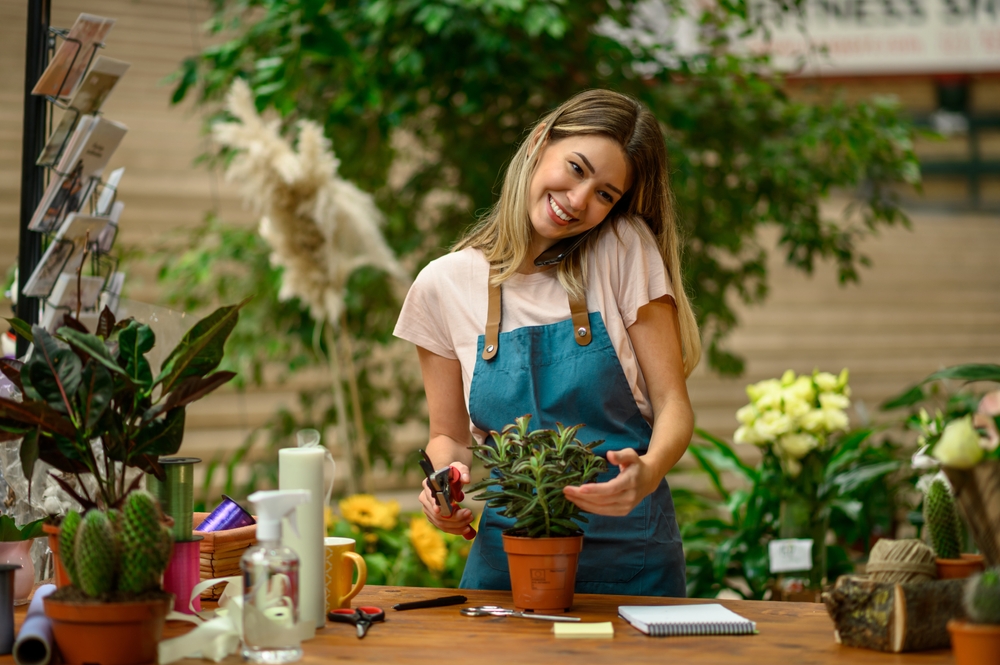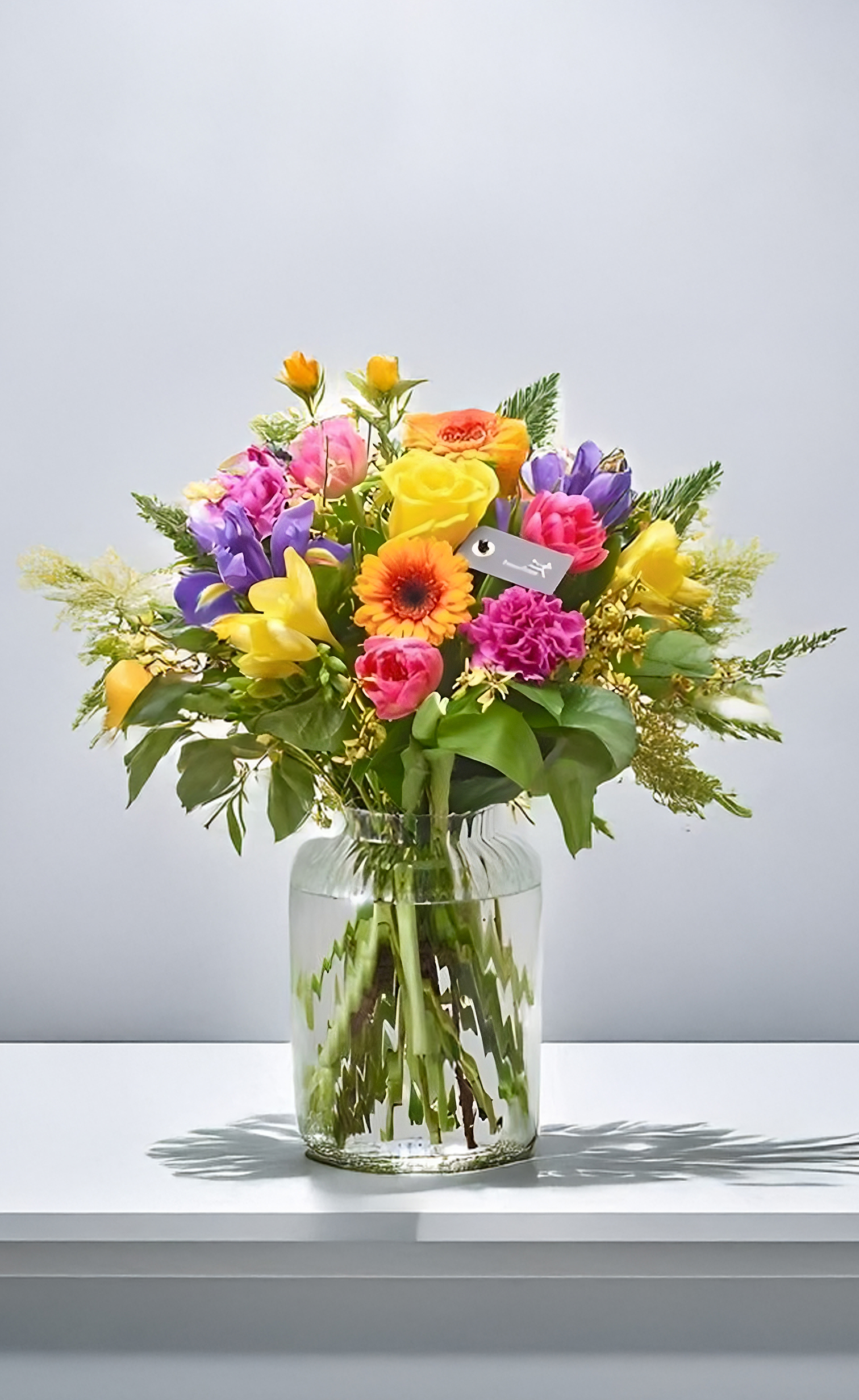Top Tips for Successfully Repotting Your Plant
Repotting your plant is one of the constant keys to healthy plant care. Here are some top tips to ensure successful reporting every time.

Repotting your plant is one of the constant keys to healthy plant care. Your plant may have outgrown its present pot, or the soil has become depleted. To properly report can keep your plants thriving and looking their best. Here are some top tips to ensure successful reporting every time.
1. Identify signs that it is time for repotting
Roots growing out of the drainage holes, slow growth, or yellowing leaves are good signs that it is time for a new home for the plant. Repotting gives fresh nutrients and room for roots to spread. So many plant lovers, experienced as well as new ones, usually go to the best online plant shop for flowering and healthy plants that require little maintenance and repotting.
2. Choose the Correct Pot
The most important thing in repotting is the right size of the pot. The too-small pot will not give space for roots to grow, while the big one can hold too much moisture. Always go for a well-draining pot to prevent root rot. If you are not sure what to choose, you can always get expert advice from a Northeast Philadelphia florist who knows plant aesthetics and proper care.
3. Make Fresh Potting Mixture
Old soils are usually either compacted or depleted of nutrients. Bring in fresh, high-quality potting mixes specific to the type of plant. For example, succulents need fast-draining soil while ferns prefer moisture-retentive mixes. Some providers even offer pre-packaged soil along with their plant delivery service, making the whole process that much easier for plant lovers.
4. Always Exercise Caution When Repotting
When repotting your plant from the old container, always make sure to take care of the roots. If they get stuck on the old soil, shake them off as best as possible. Cut any dead and rotting roots with sterile scissors as an additional healthy growth method. This way, they can be sure to avoid diseases. If your plant came through plant gift delivery, it is best to look at it and get it ready for repotting as soon as it arrives to ensure a longer life.
5. Replant and Thoroughly Water
Put your plant in the new pot and then fill the soil around the root ball and water well to allow excess water to drain from the bottom. This helps settle the soil and lessens the shock of transplanting. There are many other things about repotting that you can ask from a reliable flower shop in Philadelphia, PA, to figure out suitable containers and accessories to assist your plants' new beginning.
6. Post Repotting Care
After repotting, keep the plant in a place where light is coming in and do not fertilize it for the following weeks so that its roots might adjust to the new condition. If you are gifting green plant arrangements, go to a store that offers both flowers and plants, like Philly Flowers And Edibles, known to combine adept floristry with thoughtful plant arrangements.
7. Plants Gift Sentiments
Plants have the most thoughtful and lasting gifts. Be it for a happy birthday, an anniversary, or just sending love, many of the services today give both floral and plant gifts. If you are planning for flower delivery in Northeast Philadelphia, prefer a shop that allows plant options, and get your loved ones a gift that keeps on giving.
Fun Facts About the Official State Flowers of the U.S.A.
These are some enlightening and happy snippets about state flowers scattered across the list to ignite your floral curiosity:
Alabama – Camellia (Camellia japonica)
Dubbed "Rose of Winter," this flower supplanted a native goldenrod (once regarded as a weed) in manifestation of survival and fine beauty. It was made official in 1959
Louisiana – Magnolia
Magnolias have been celebrated for their exquisite perfume announced by them which has incarnated Southern elegance since their adoption in 1900.
Alaska – Alpine Forget-Me-Not (Myosotis alpestris)
These bright blue flowers cover the landscape during Alaska's brief summers; they were officially chosen in 1917, 42 years before Alaska attained statehood!
Kentucky – Goldenrod
Chosen in 1926, goldenrod is as useful as it is beautiful—it is an indispensable food source for pollinators.
Louisiana – Magnolia
Magnolias have been celebrated for their exquisite perfume announced by them which has incarnated Southern elegance since their adoption in 1900.
Arizona – Saguaro Cactus Blossom
These night-blooming flowers appear on saguaros, the largest cacti in the U.S., which can live beyond 200 years and often do not bloom until around age 35.
California – California Poppy (Eschscholzia californica)
This flower was adopted in 1903, transforming hills into gold, sealing the image of the state-especially after its commercialization in artworks following the 1906 San Francisco earthquake.
Repotting is all about making your plant thrive in a healthy environment rather than attractive surroundings. With ideas from the right resources, like expert guidance from local florists, into the convenience of online shopping, you will be ready to repot like a pro soon.
Recent Posts
Year : 2025
Year : 2024


